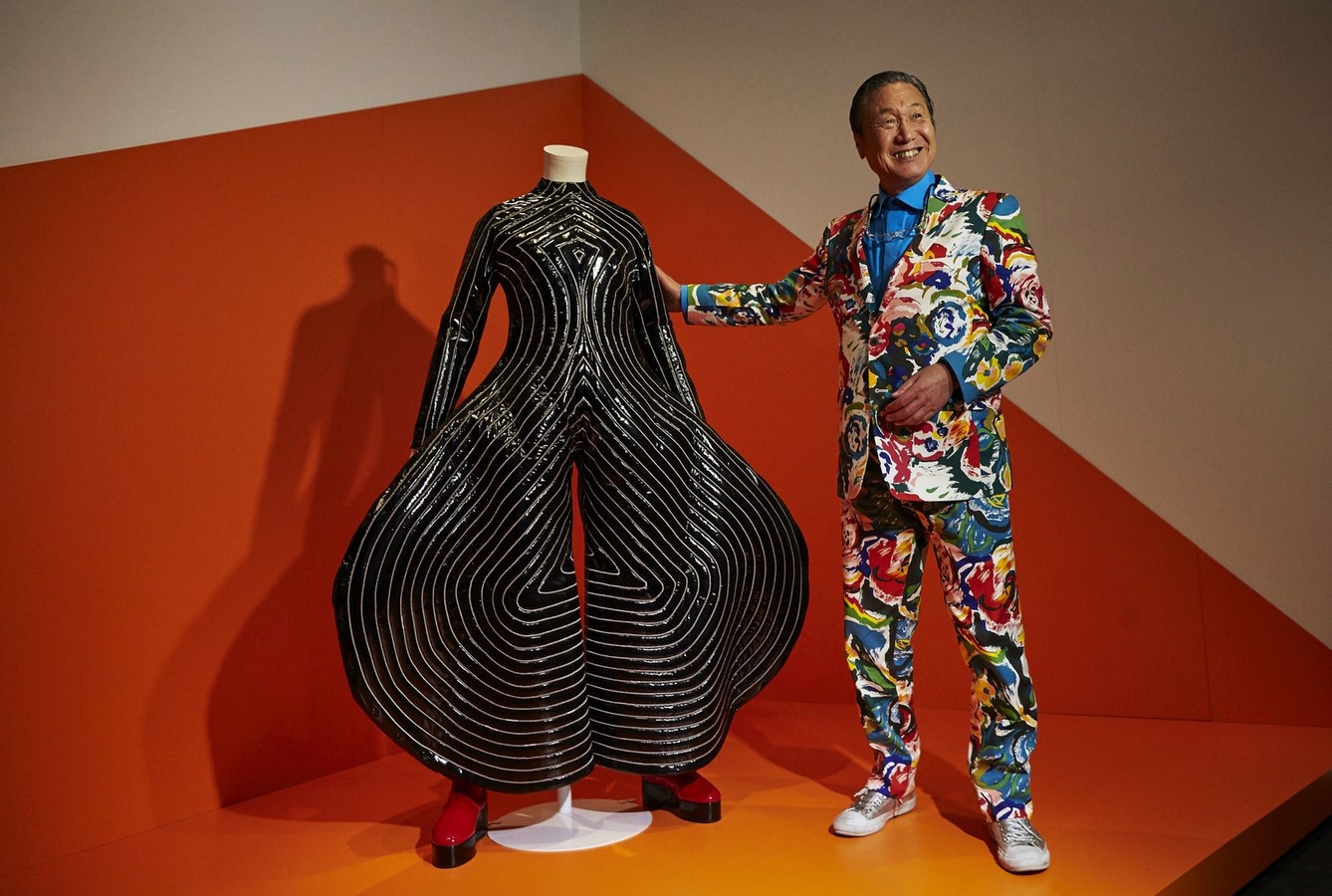In the world of fashion, few names shine as brightly as Kansai Yamamoto. With a career spanning decades, Yamamoto left an indelible mark on the industry with his bold designs and innovative approach. From his early days in Japan to his global acclaim, this article delves into the fascinating journey of Kansai Yamamoto, exploring his unique style and enduring legacy.
Early Beginnings and Inspiration
Kansai Yamamoto’s journey into the world of fashion began in post-war Japan, where he was born in Yokohama in 1944. Growing up in this period of rebuilding and renewal, Yamamoto was heavily influenced by the vibrant energy and traditional art forms of his homeland. From kabuki theater to the colorful kimonos of his ancestors, Yamamoto found inspiration in the rich tapestry of Japanese culture, which would later become a hallmark of his designs.
The Rise to Fame Yamamoto’s
Breakthrough moment came in the early 1970s when he burst onto the global fashion scene with his groundbreaking designs. His debut collection at the prestigious London Fashion Week in 1971 caused a sensation, captivating audiences with its bold colors, unconventional silhouettes, and avant-garde aesthetic. The fashion world had never seen anything quite like Kansai Yamamoto’s creations, and he quickly became a darling of the industry, earning accolades and acclaim from critics and consumers alike.
Fusion of East and West
One of the defining characteristics of Kansai Yamamoto’s work is his seamless blending of Eastern and Western influences. Drawing on his Japanese heritage and incorporating elements of traditional dress and cultural motifs, Yamamoto infused his designs with a sense of exoticism and mystique. At the same time, he embraced the modernity and innovation of Western fashion, pushing boundaries and challenging conventions with his daring creations. The result was a unique fusion of East and West, a harmonious marriage of tradition and modernity that captivated audiences around the world.
Iconic Collaborations and Celebrity Clients
Throughout his career, Kansai Yamamoto collaborated with a diverse range of artists and performers, from musicians to dancers to actors. His most famous collaboration was with the legendary musician David Bowie, for whom Yamamoto created some of his most iconic stage costumes. From the flamboyant Ziggy Stardust ensemble to the striking Aladdin Sane bodysuit, Yamamoto’s designs helped to shape Bowie’s larger-than-life persona and cemented his own status as a fashion icon. In addition to Bowie, Yamamoto’s celebrity clients included the likes of Elton John, Stevie Wonder, and John Lennon, all of whom were drawn to his bold and expressive style.
Legacy and Influence Although
Kansai Yamamoto passed away in 2020, his legacy lives on in the world of fashion and beyond. His innovative designs continue to inspire designers and artists around the world, and his influence can be seen in everything from haute couture to streetwear. From the runways of Paris to the streets of Tokyo, Kansai Yamamoto’s spirit lives on, a testament to the enduring power of creativity and imagination.
Conclusion:
In conclusion, Kansai Yamamoto’s fashion journey is a testament to the transformative power of art and creativity. From his early beginnings in Japan to his global acclaim, Yamamoto broke boundaries and challenged conventions with his bold and beautiful designs. His legacy continues to inspire and influence generations of designers, and his impact on the world of fashion will be felt for years to come. Kansai Yamamoto may have left this world, but his spirit lives on in the vibrant colors and dynamic shapes of his creations, a timeless reminder of the beauty of the human imagination.
